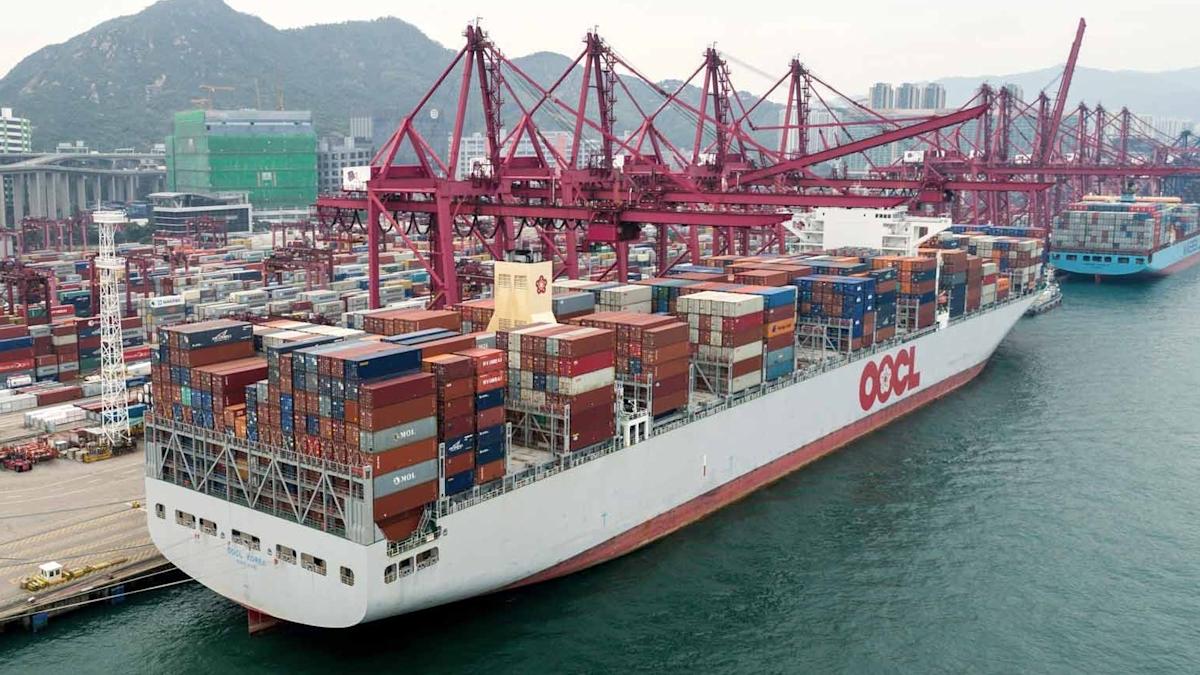China’s eight-day “Golden Week” holiday officially ended on Wednesday, 8 October 2025, signalling another potential travel rush as hundreds of millions of people return to their homes and jobs after the break.
One of the busiest times for all transport types across the People’s Republic, the Golden Week national holiday comprises National Day and autumn festival celebrations. A record 23.13 million people made train journeys on 1 October, the most ever in a single day. Overall, the country saw over 300 million journeys on each of the first four days of the holiday, and only slightly fewer (291 million) on the fifth (Sunday 5 October).
This year, China’s National Day meets the Mid-Autumn Festival, a joyful double celebration!
With the holidays combined, China is enjoying an 8-day “Golden Week” from October 1 to 8, and the travel spirit is in full swing!
An estimated 2.43 billion trips will be made nationwide,… pic.twitter.com/RO0ltRBgcR— Liu Xin刘欣 (@LiuXininBeijing) October 8, 2025
Those Ministry of Transport figures might be a sign that some holidaymakers delayed their time away and long-distance family visits to avoid congestion and poor weather conditions. If that is the case, then the rush could continue several days beyond the end of the official Golden Week period, as those later starters complete their return.
Ahead of the holiday period, the ministry had predicted 2.36 billion passenger journeys nationwide, representing an increase of 3.2% year-on-year. Forecasters also anticipated 19.2 million domestic and international passengers in the air, a 3.6 per cent year-on-year increase.
🇨🇳🎉 China’s “Super Golden Week”, from Oct 1-8, brings together National Day & the Mid-Autumn Festival — the year’s longest holiday outside of Chinese New Year. Millions are traveling domestically and abroad, making this the busiest travel period of the year. 🥮
📹🎙️ CNN pic.twitter.com/XkshIKrFQy— Natie🇨🇳🇷🇺🇵🇸 (@Natie2Natie) October 3, 2025
Return trip density was anticipated to be particularly intense around four megacity areas: Beijing-Tianjin-Hebei, the Yangtze River Delta, the Pearl River Delta, and the Chengdu-Chongqing region. To prepare for such a mass movement of people, officials said they had been coordinating efforts with regional authorities to ensure smooth operations throughout. In the wake of Typhoon Matmo, it was especially important, it said, for “all departments to ensure the safety and efficiency of transport during the holiday season, proactively address major risks and continue responding to the aftermath.”
Measures taken include additional patrols to inspect railways, roads, and rivers, plus boosts to infrastructure, such as an extra 22 temporary charging stations around the city of Tianjin, and over 1,000 supplementary toilet facilities on highways.
Writing for CGTN on this year’s Golden Week travel phenomenon, Matteo Giovannini, a finance professional at the Industrial and Commercial Bank of China, Non-Resident Associate Fellow at the Center for China and Globalization (CCG) and Global Young Leaders Dialogue member, said the “surge in travel reflects citizens’ eagerness to explore, while the rise in spending demonstrates renewed confidence.” He also noted the “operational success” of the period, which he claimed demonstrates “the maturity of China’s public infrastructure and the dividends of decades-long investment in connectivity.”


